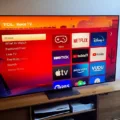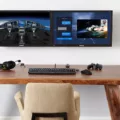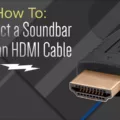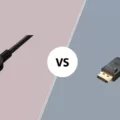A LED video wall controller is a vital component when it comes to displaying content on a video wall. In essence, it is a hardware device or software application that enables the user to manage the content on multiple monitors in a multi-monitor display or video wall as a single canvas.
One of the most crucial features of a video wall controller is its display settings. The controller should be able to effectively manage the resolution and aspect ratio of the content being displayed. This ensures that the images and videos are sharp and clear and that they fit correctly on the display.
The supported resolution is another essential feature. A good video wall controller should be able to handle high resolutions like 4K or 8K, which are becoming increasingly popular in the market. This ensures that the content displayed is of high quality and that the viewer can get the most out of it.
Image quality is also a critical factor to consider when choosing a video wall controller. A high-quality controller should be able to display images and videos without any distortion, flickering, or lag. This ensures that the content is viewed as intended and is not compromised in any way.
The flexibility of output is also an essential feature of a video wall controller. It should be able to support various input sources and output configurations, allowing the user to customize the display to their specific requirements. Additionally, the controller should be easy to use and operate, allowing the user to manage the content with ease.
When it comes to the cost of a video wall controller, it varies depending on the complexity of the setup and the features required. For simple video walls, a basic 2×2 high-quality LCD unit can cost as little as $4800, while larger, more elaborate setups with more advanced features (such as touchscreen capabilities) can go as high as $30,000. It is also important to consider the cost of mounting hardware and installation.
A LED video wall controller is an essential piece of equipment when it comes to displaying content on a video wall. It should have features such as display settings, supported resolution, image quality, and flexibility of output. When choosing a video wall controller, it is important to consider the complexity of the setup and the features required, as well as the cost of mounting hardware and installation.
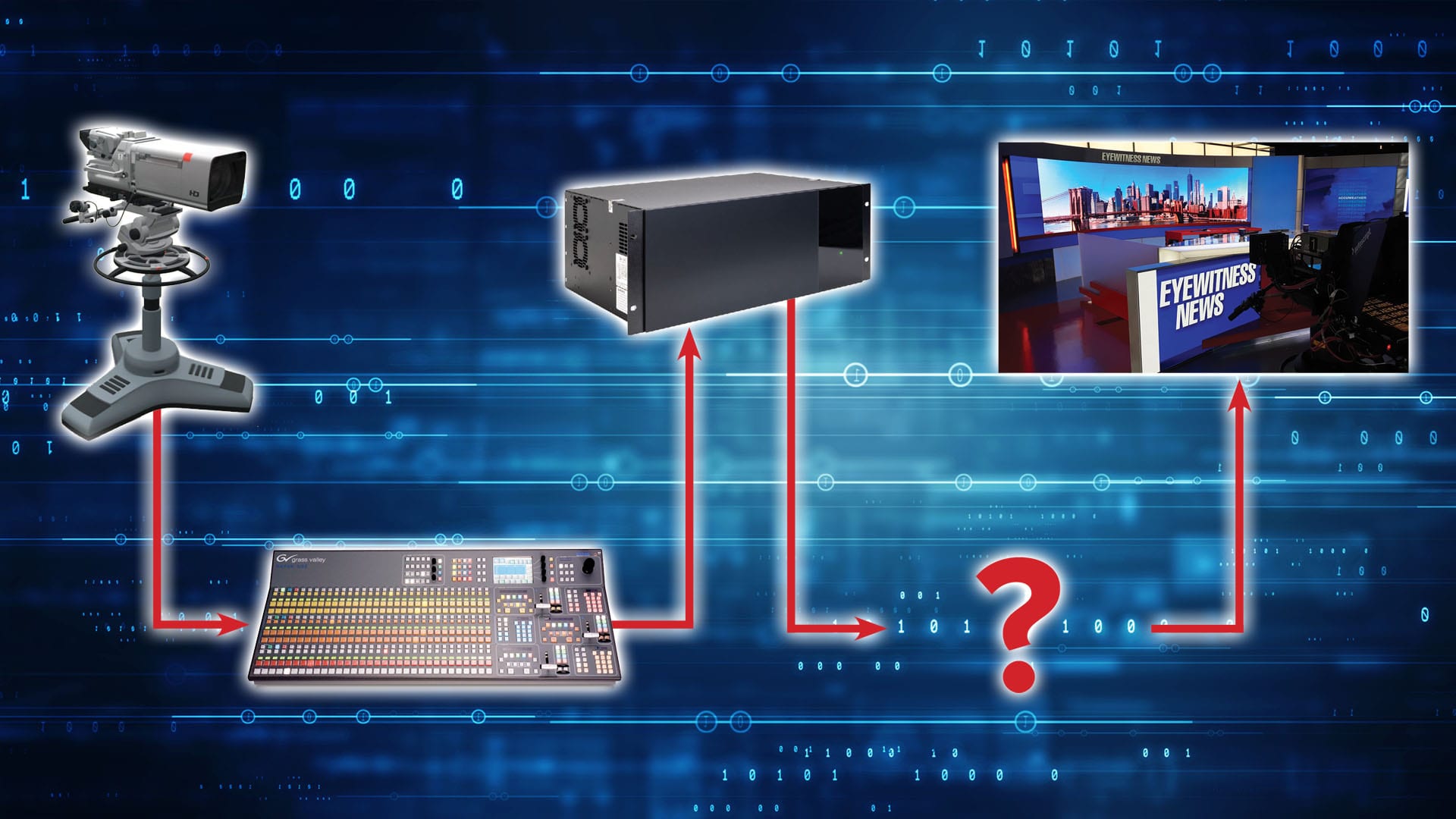
The Role of a Video Wall Controller
A video wall controller is a device that facilitates the display of content across multiple screens in a video wall setup. Essentially, it is a software program that is installed on a hardware unit and enables users to manage and control the content on their video wall as a single, cohesive unit.
By using a video wall controller, users can create a more immersive and engaging visual experience, as the content can be displayed seamlessly across multiple screens without any interruptions or gaps. The controller can also be used to adjust the resolution, brightness, and contrast of the video wall, as well as to manage the layout and positioning of each individual screen.
Some of the key features of a video wall controller include the ability to display multiple sources simultaneously, the ability to create and save custom layouts, and the ability to control the video wall remotely. Additionally, some video wall controllers may also offer advanced features such as real-time video processing, 3D graphics support, and video wall calibration tools.
A video wall controller is an essential tool for anyone looking to create a stunning and dynamic video wall display. Whether you are using it for advertising, entertainment, or informational purposes, a video wall controller can help you to create a truly unforgettable visual experience for your audience.
Choosing a Video Wall Controller
When it comes to choosing a video wall controller, there are several essential features that you should consider to ensure that you select the right one for your needs.
Firstly, you should look for a video wall controller that offers comprehensive display settings, including the ability to adjust brightness, contrast, color, and other visual parameters. This will ensure that you can achieve optimal image quality and ensure that your video wall is bright, clear, and easy to read.
Another important factor to consider is the supported resolution of the video wall controller. You should look for a controller that supports the highest resolution possible, as this will ensure that your video wall displays content in the best possible quality.
Image quality is also a critical feature to consider when choosing a video wall controller. You should look for a controller that supports high-quality image processing, including color correction, noise reduction, and other advanced features that can improve the overall visual quality of your video wall.
Flexibility of output is also an important consideration. You should look for a controller that offers multiple output options, including HDMI, DVI, and DisplayPort, to ensure that you can connect to a wide range of display devices and sources.
When choosing a video wall controller, you should consider the display settings, supported resolution, image quality, and flexibility of output to ensure that you select a controller that meets your specific needs and requirements.
The Cost of LED Video Walls
LED video walls can vary in price depending on the size, resolution, and features. A basic 2×2 LED video wall can cost anywhere from $10,000 to $20,000. Larger and more advanced setups can go up to $100,000 or more. The cost also depends on the quality of the LED panels, pixel pitch, and brightness levels. Mounting hardware and installation costs should also be taken into consideration. the price of an LED video wall can range from several thousand dollars to over a hundred thousand dollars.
The Benefits of an Active LED Video Wall
An active LED video wall is a display technology that uses light-emitting diodes (LEDs) to create a large-format, high-resolution video display. It is a type of digital signage that is commonly used in public spaces, such as airports, malls, stadiums, and conference centers. The term “active” refers to the fact that the LED display is actively driven by a computer or video processor, which enables it to display dynamic content such as video, animations, and graphics. The video wall is made up of multiple LED panels or tiles that are arranged in a grid pattern to create a seamless, high-resolution image. It is a powerful tool for advertising, branding, and information dissemination, as it can capture the attention of a large audience and deliver engaging content with high impact.
Conclusion
A LED video wall controller is an essential tool for managing and controlling content on a multi-monitor display or video wall. It provides users with advanced features such as display settings, supported resolutions, image quality, and flexibility of output. These features can help users to create impressive and engaging visual displays for various applications, such as advertising, entertainment, and information dissemination. When purchasing a video wall controller, it is important to consider factors such as cost, size, and installation requirements. With the right video wall controller, users can create stunning and dynamic visual experiences that capture the attention of teir audience and leave a lasting impression.

